Dry, damaged and frizzy hair | Meritxell's blog
One of the main and most worrying hair problems is hair loss.
But there are other types of problems, such as the splitting of the ends, excessive dryness, as well as simple frizz.
Damage to hair fibers, due to excess cosmetic treatments, such as permanents, straightening, dyes and bleaching.
Especially in summer when the sun together with the chemical treatments damage the hair a lot.
HAIR STRUCTURE
Hair has a structure.
In the skin we have the hair follicle, it is the part in which the hair is inserted and from it comes what we call the stem or hair fiber.
In the hair follicle there is blood supply and it is the part that nourishes the hair providing them with the necessary substances, also in it is the sebaceous gland, the part that lubricates the hair.
The hair is inserted by the root to this part, the root is the living part of the hair, the one that will nourish it and where the hair bulb is with basal cells, they form the keratin.
The hair or hair fiber is made up of a nucleus and some external layers that form the cuticle of the hair, this is the external layer of the hair and the one that suffers all erosions, most treatments are focused on restoring and preventing damage to this part of the hair (the outermost).
More internally in the hair is the cortex, this part is what gives elasticity to the hair.
And an inner nucleus or medulla.
The different chemical treatments, such as perms or straightening.
As well as the bleached ones, they mainly damage the external cuticle, they make it disappear.
So the natural keratin that sheaths the fibers disappears, this causes the hair to look rough, frizzy and difficult to untangle.
Long hair suffers much more aggression, just for the mere fact that it is older hair that has grown over time, so it has suffered many more blow-dries and treatments in general, as well as the same brushing, styling dryer and straightening or curling irons.
HAIR TREATMENTS
Hair fibers are mainly proteins, 88%, mainly keratin, this is a protein made up of a chain of polypeptides.
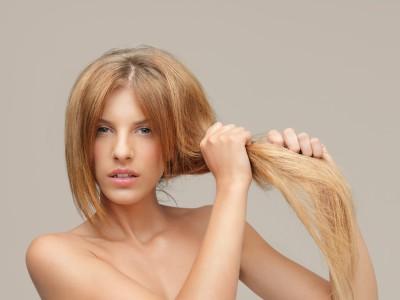
The different aggressions cause them to break and thus the image of the hair looks rough and dark.
The most common treatments that can be done at home
Use a shampoo rich in oils to avoid removing the keratin layer and making the hair less lipid and not very high in surfactants (avoid very aggressive shampoos , the shampoos that make more foam are the ones that are generally more harmful for this type of hair).
With age, hair becomes drier because the root is less lubricated as the sebaceous gland of the hair degenerates.
Always use nutritious conditioners after washing, it is advisable to leave it for a minimum of 4 minutes if possible wrapped the hair in a hot towel that will act as an occlusion so that the nutrients will better penetrate.
Once a week, or alternatively, it is recommended to apply hair masks that can be applied at home as well as in beauty centers and hairdressers.
The masks must be applied to damp hair, having removed the excess water, leaving it for 10 minutes and then rinsing with plenty of water. If the last rinse is done with cold water, it will help to close the cuticle and the hair will look brighter.
Some "leave-in-conditioner" creams, the creams that are left without rinsing, protect the hair at the same time and give it a film, somewhat replacing the damaged one, they have the advantage that they can be used with dry hair, Although on some occasions it gives the sensation of oily and heavy hair, the ideal ones are those that contain volatile silicones, they do not leave a trace of grease and we will avoid hair frizz.
KERATIN
Other treatments are keratins that are applied, generally in hairdressers, which redo the enveloping film of the hair fibers.
To apply this treatment, wash your hair with a low-salt or sodium chloride shampoo (it will be used later in subsequent washes to preserve its effect).
The hair is subsequently air-dried without blow-drying.
Apply the keratin product (it is important to use a product that does not contain formaldehyde or formol) lock by lock, leave it for approximately 15 minutes and then dry.
An iron can be used later to seal the keratin.
Currently there are keratin treatments that can be done at home, such as farmatint, which also contain oils, polymers and cationic agents that help seal the cuticle.
These treatments are to be performed once the shampoo has been applied.
BEFORE WASHING YOUR HAIR
Other very useful treatments are those that are performed before washing your hair, such as applying masks for half an hour or overnight as a true repair treatment .
A recommendation that works very well is Monoi de Tahiti oil, as well as Argan oil.
You can apply them to your hair before washing it, during the whole night or when you have to go to the beach or pool, since it will protect it from saltpeter and chlorine.
The long hair of Tahitian women is famous, cared for with Monoi oil with Tiare flowers.
Applying protective oils that contain sun filters is essential to take care of both the dye, as well as highlights or bleaching, especially if you sunbathe or go to the beach anyway.
For split ends, cutting hair is absolutely the solution, although many times it is due to a defect in cuticle formation, so if it continues to split once cut, it is very important to take vitamins that contain biotin, silicon, vitamin E, pantothenic acid or vitamin B5 is also very useful when included in shampoo or hair lotions.
I recommend using specific creams without rinsing for the ends.
The irons to straighten the hair and the dryers in excess also attack the hair in abundance, which is why it is convenient to apply a protector with the wet hair before drying it, it will thicken these capillary layers.
PREVENT HAIR DAMAGE
Hair is damaged due to heat (irons, dryers, curling irons...), UV rays, chemical treatments (coloring, permanents, chemical straightening...) mechanical treatments (brushing …), poor diet and some drugs.
Some recommendations:
- Use softener with sunscreen if possible
- Use a specific protector when using irons or other utensils of intense heat
- Do not dry the hair completely with the dryer
- Rinse hair after bathing in the sea or swimming pool
- Try using a low temperature with the hair dryer
- Do not use products with ammonia, in hair dyes , the recommended ones are natural dyes such as Herbatint or Farmatint
- Use the permanent ones that oxidize with the air and not those that have to use a neutralizer
- Try not to brush wet hair or wet (avoiding breakage) always using brushes with thick bristles
- When brushing your hair, use a quality brush, trying to start at the ends and work your way up
- Take essential fatty acids such as omega 3


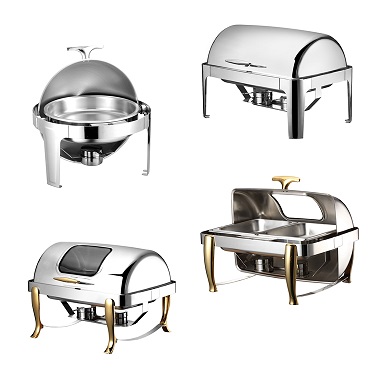
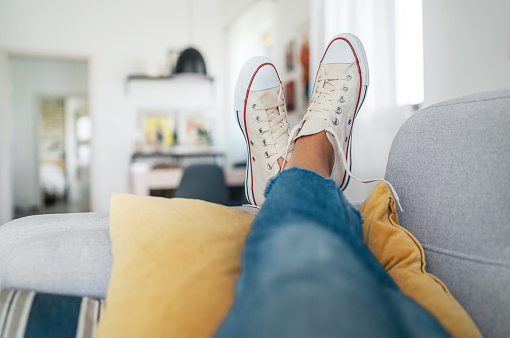
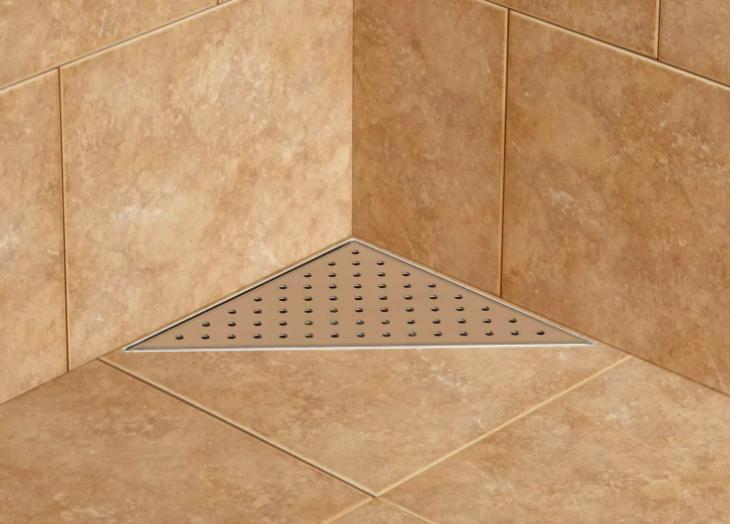
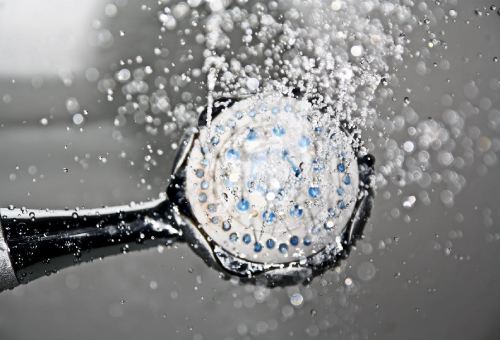


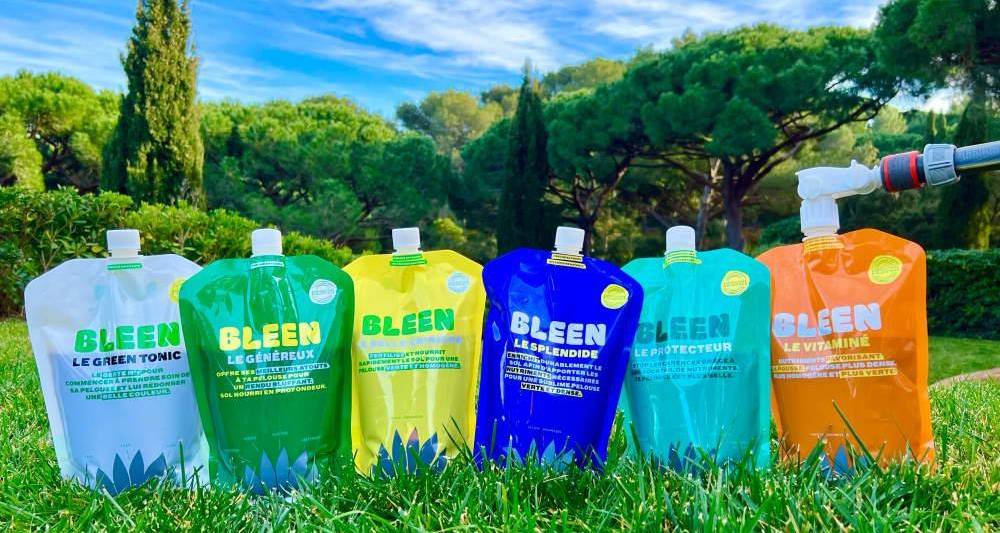
3989